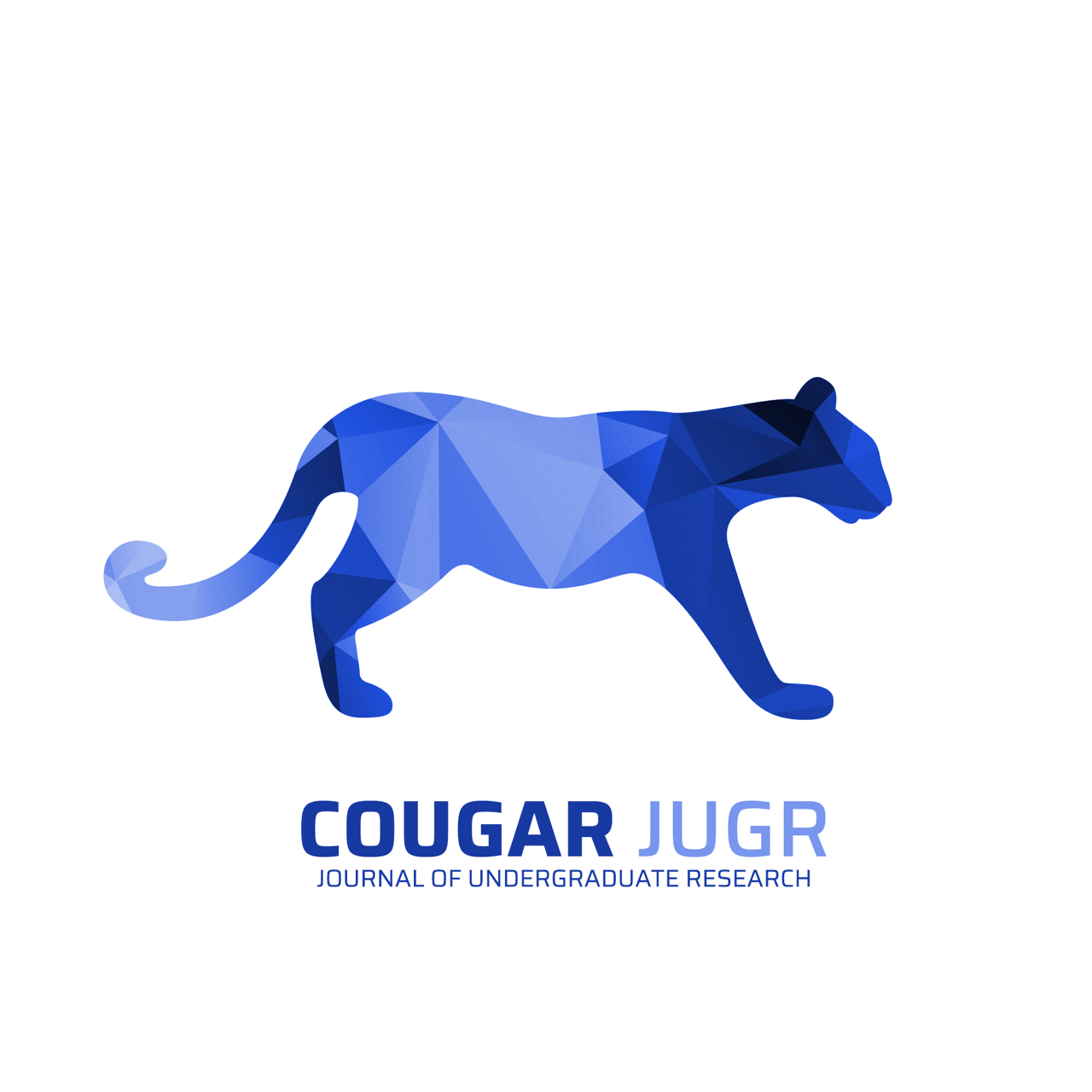Measuring Protist and Fungi Taxonomic Diversity Within The CSUSM Wetland
Abstract
Soil microbiome analyses on eukaryotic members of the community are poorly represented within the biological research world. We measured relative abundance of protists and fungi in the CSUSM wetland across different vegetation types (riparian (R), sedge (S), lowlands (L) to see if there were differences in taxa. The methods we used included collecting 24 soil samples from 3 different vegetation sites at the CSUSM wetland and and extracted 15 rhizosphere samples from bulk soil. We then extracted DNA via ZymoBIOMICS DNA Miniprep Kit and created NGS Library Prep EZ Kit via xGEN for shotgun metagenome sequencing. Once this was prepared we sent off for flow sequencing at Illumina. To classify eukaryotes, we ran Kraken 2 on the EukRibo database, subsetting Fungi and Protist only. Taxonomic tables and alpha beta diversity graphs were created and extraced using R and Excel. What we found was that Ascomycota was the most abundant phylum representen, even though fungi were not thought to be an important part of wetland soil communitites. At the class level a very abundant member was an anaerobic ciliate, Ciliphora Spirotrichea. Another member was Euglenozoa Euglenida which is a proist most commonly found in freshwater, especially when rich in organic matter. Alpha diversity showed no difference in community pairwisebetween bulk soil sites and across sites a statistically significanct difference was discovered. Within beta diversity most dispersed in the lowland samples and there was no significant differences across sites.
Additional Files
Published
Issue
Section
License
Authors retain copyright of their work. All submissions will be Open Access and distributed under the terms of the Creative Commons Attribution (CC BY) 4.0 license, which permits unrestricted production, distribution, and adaptation, provided that citation of the original work is included.

.jpg)
